jiégòu 结构
Structure
最初指房屋的构造样式,后指文艺作品的谋篇布局和各部分的组织排列。在书法理论中,“结构”既指单个字的结体,也指整幅作品的章法与分布。其中,笔画的长短粗细俯仰等,决定每个字的形态,故“结体”是书法艺术的根本要求。在诗文理论中,“结构”指诗句起承转合等方面的布置,或用于评价文章的结撰。在戏曲、小说理论中,“结构”用得更加广泛。明末清初曲论家李渔(1611—1680)在《闲情偶寄》中认为“结构”就像造物赋形,先要有轮廓,然后再有血肉,最终五官、躯体具备;又像工匠盖房子,要先胸有成局,不能边建边设计修改。李渔的结构论包括了“立主脑”“脱窠臼”“密针线”“减头绪”等内容,强调戏曲是综合布局的艺术。在说明文艺作品中部分构成整体的组织与安排时,“结构”是最合适的术语。
This term originally referred to the general layout of a building. Later, it came to mean the overall framework and plot development of a piece of work of art and literature. In theories about calligraphy, it refers to both the structure of an individual character and the rules and layout of an entire calligraphic work. Strokes of varying lengths and widths, as well as their upward or downward tilts, determine the shape of a character. Therefore, structure is essential to creating a piece of calligraphic art. In theories about poetry and prose writing, it refers to elements of poetic composition such as introduction, the unfolding of a process, transition to another viewpoint and summing up; it is also used to evaluate the structural merits or demerits of an essay. In theories about fiction and drama, this term is used even more widely. Late Ming to early Qing drama theorist Li Yu (1611-1680) observed in his Occasional Notes with Leisure Motions that structure was like forming a concrete creature – one needs to set up a frame and give it flesh and blood until its facial features and body finally take shape. It was also like building a house – a builder should first of all create a general layout in mind; he was not supposed to change the design in the course of house construction. Li Yu’s theory about structure included items such as a focus on the main characters and events, abandonment of stereotypes in creating a drama, coherence between parts of a drama and elimination of nonessentials. It emphasized the idea that drama was an art of overall designing. Structure is the most suitable term to explain how parts should be combined into an integral whole.
引例 Citations:
◎凡欲结构字体,未可虚发,皆须象其一物,若鸟之形,若虫食木,若山若树,若云若雾,纵横有托,运用合度,可谓之书。(蔡希综《法书论》)
(但凡要写出每个字的形态结构,不能凭空乱写,都必须要像一个物体,如像鸟的形状、像虫子啃食树木、像山、像树,像云、像雾,笔画纵向、横向都有依托,笔画的运用合于法度,这才可以称为书法。)
In calligraphy, the form or structure of a Chinese word should have a real-life equivalent – it won’t do to write just as one pleases. For example, a character can be shaped like a bird or an insect nibbling at a trunk, or like a mountain, a tree, a cloud or a fog. A stroke, whether vertical or horizontal, should be supported by other strokes, and the use of strokes must comply with rules. Such a piece of work deserves to be called calligraphy. (Cai Xizong: On Exemplary Calligraphy)
◎至于结构二字,则在引商刻羽之先,拈韵抽毫之始。(李渔《闲情偶寄·词曲部》)
(“结构”这两个字,应当放在讲求声律的前面,斟酌用韵、下笔写词的开始。)
The term structure should rank above sound meters in importance. It marks the beginning of good rhyming and a careful choice of words. (Li Yu: Occasional Notes with Leisure Motions)
◎八句中起承转合悉具,可悟诗家结构之法。(牛运震《诗志》)
(《蟋蟀》这首诗一章八句,起头、经过、转折、结尾各个要素都齐备,可以从中领悟做诗的结构方法。)
The poem “Cricket” is complete with an introduction, the unfolding of a process, a transition to another viewpoint and a summing up. One can learn from it about how to arrange the structure of a poem. (Niu Yunzhen: Commentaries on The Book of Songs)








